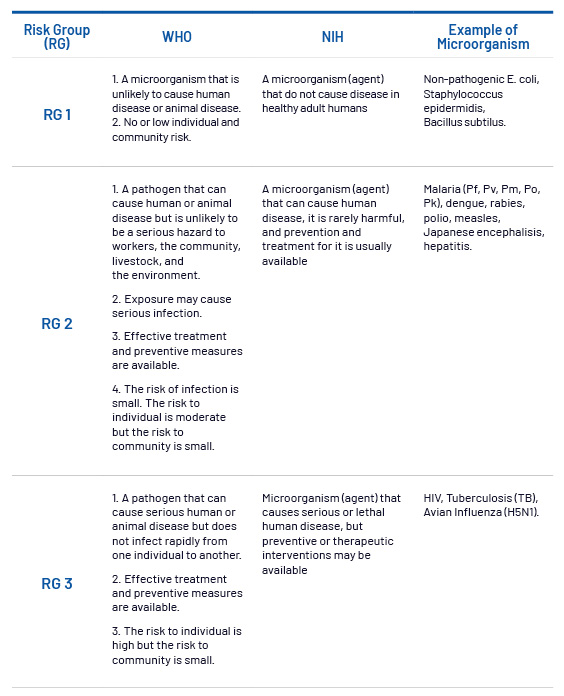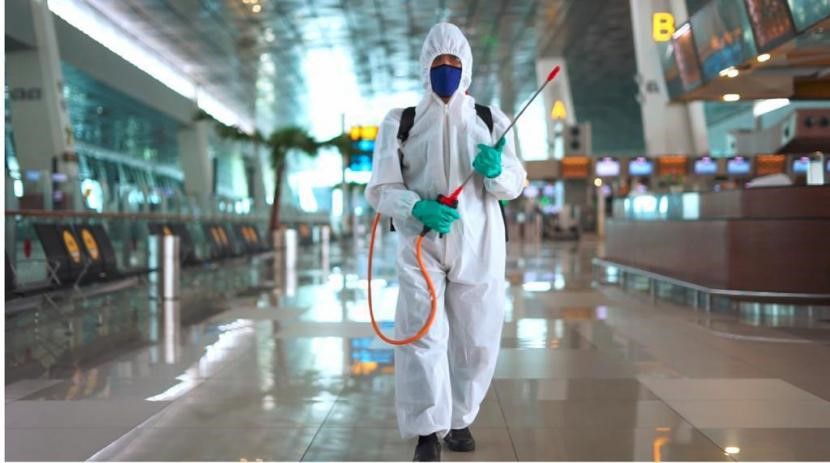Air travel is an integral part of any country’s transport system and it is the preferred mode of transport for international, and often domestic, passenger travel. The COVID-19 pandemic drastically reduced aircraft and passenger numbers. The virus crossed borders and many countries prioritized public health over economic growth by grounding flights. As the number of cases decreased and vaccine distribution increased, those countries began implementing guidelines in 2021 that would support air travel and fill a need for helping passengers reach distant destinations.
The reduction of flights and passenger movements during the pandemic has brought a new challenge to airports. Airport operators/stakeholders had to be innovative to ensure the comfort, safety and security of airport customers.
Very few pandemic regulations and guidelines existed to assist airport operators in managing COVID-19 related issues. Angkasa Pura II, the Indonesian state-owned airport operator was required to develop biosafety safety preventative guidelines for airport operations during the pandemic. Their Biosafety management approach enabled airports to effectively identify, monitor, and control biohazards and related activities. The effective approach was based on the concept of continuously improving processes/actions, and executing new requirements with continuous supervision.
Biosafety management was implemented, for the most part, with the assistance of research laboratories that identified new hazards that were not common to airports. One example of a biohazard was the adverse effect on the health of employees, airport customers, partners and contractors. The following examples are biosafety procedures that were implemented:
- Adequate human resource (HR) provisions that included the communications of biosafety management policies to all;
- Hazard identification, risk assessment and corrective action;
- Periodic improvements of biosafety management procedures; and
- Continuous promotion of biosafety management activities.
 Biohazard Safety at airports was managed by the three risk groups identified in the table on the left. The transmission of the COVID-19 virus droplets required airport operators to implement the following five biosafety indicators droplet precautionary measures:
Biohazard Safety at airports was managed by the three risk groups identified in the table on the left. The transmission of the COVID-19 virus droplets required airport operators to implement the following five biosafety indicators droplet precautionary measures:
- Biohazard precaution: provide facilities to protect employees, customers, partners, and contractors.
- Environmental screening: ensure the work environment, particularly the airport, is clean and sanitized with the implementation of technology such as UV sterilization and HEPA filter.
- Testing lab facilities: provision of airport health care facilities to ensure smooth flights throughout the pandemic;
- Infrastructure sterilization: eliminate all microorganisms/biohazard on/attached to equipment surfaces with chemical disinfectant.
- Public health assurance: protect public health, which includes employees, service users, customers, partners, and contractors.
Biosafety management also required the implementation of these new procedures at airports:
- Guarantee: only competent personnel will carry out the implementation of biosafety management in the airport’s environment – this is based on the individual’s background, expertise, training, and experience;
- Training: Identify training needs of all personnel based on competence, expertise, and the hazard risk related to position and type of work to ensure effective/efficient execution implementation of biosafety management;
- Guarantee: All personnel to be familiar with the responsibilities and guidelines of the biosafety management policies and procedures within their workplace, training environment, equipment, and infrastructure to ensure effective and efficient implementation of biosafety management requirements; and
- Promotion: Continuous promotion of biosafety management.
 The implementation of biosafety level indicators considers the resource capabilities of each airport. Preventive mitigation procedures were implemented at each airport based on the level of risk and the airport’s capabilities. Airports do not have to implement full operation mode when the aircraft movement or passenger movement are significantly decreased. Several levels of airport operations were implemented, in accordance with the government COVID-19 policy, to ensure efficient services whilst prioritizing safety aspects.
The implementation of biosafety level indicators considers the resource capabilities of each airport. Preventive mitigation procedures were implemented at each airport based on the level of risk and the airport’s capabilities. Airports do not have to implement full operation mode when the aircraft movement or passenger movement are significantly decreased. Several levels of airport operations were implemented, in accordance with the government COVID-19 policy, to ensure efficient services whilst prioritizing safety aspects.
By adjusting airport operational levels airports can continue operating at an optimal level without neglecting the safety and security of passengers and flights during pandemic. The following airport biosafety operating levels were implemented:
- Normal Operations: Applied when the national and regional situation reflects normal conditions and passenger movements have decreased by 20%.
- Reduced Operations:
- Level 1: Applied during a standby emergency situation where flights/aviation industry and or passenger movements have decreased between 21% up to 50% when compared with normal conditions.
- Level 2: Applied during a standby emergency situation where flights/aviation industry and or passenger movements have decreased between 51% up to 70% when compared with normal conditions.
- Minimum Level of Operation;
- Level 1: Applied during a standby emergency situation where flights/aviation industry and or passenger movements have decreased between 71% up to 99% when compared with normal conditions.
- Level 2: Applied during a standby emergency situation where flights/aviation industry and or passenger movements have decreased more than 99% when compared with normal conditions.
Biosecurity is of vital importance, since it is responsible for preventing risks to health and the environment from exposure to the biological agents of COVID-19 that cause this disease. All of the prevention above-mentioned mechanisms included conduction of regular biosafety level reviews as well as strict guidelines followed. The application of knowledge, techniques and equipment to prevent personal, airport and environmental exposure to the potentially infectious COVID-19 defined the containment conditions under which the infectious agents were safely manipulated at Indonesian Airports.
![]() About the author
About the author
Dr. Afen Sena is a Transportation Attache and the Alternate Representative of Indonesia to ICAO. He has served at operational and management levels in air traffic control, pilot services and training in Indonesia and has a Doctorate of Education (EdD) focused in Education Management from the State University of Jakarta.

